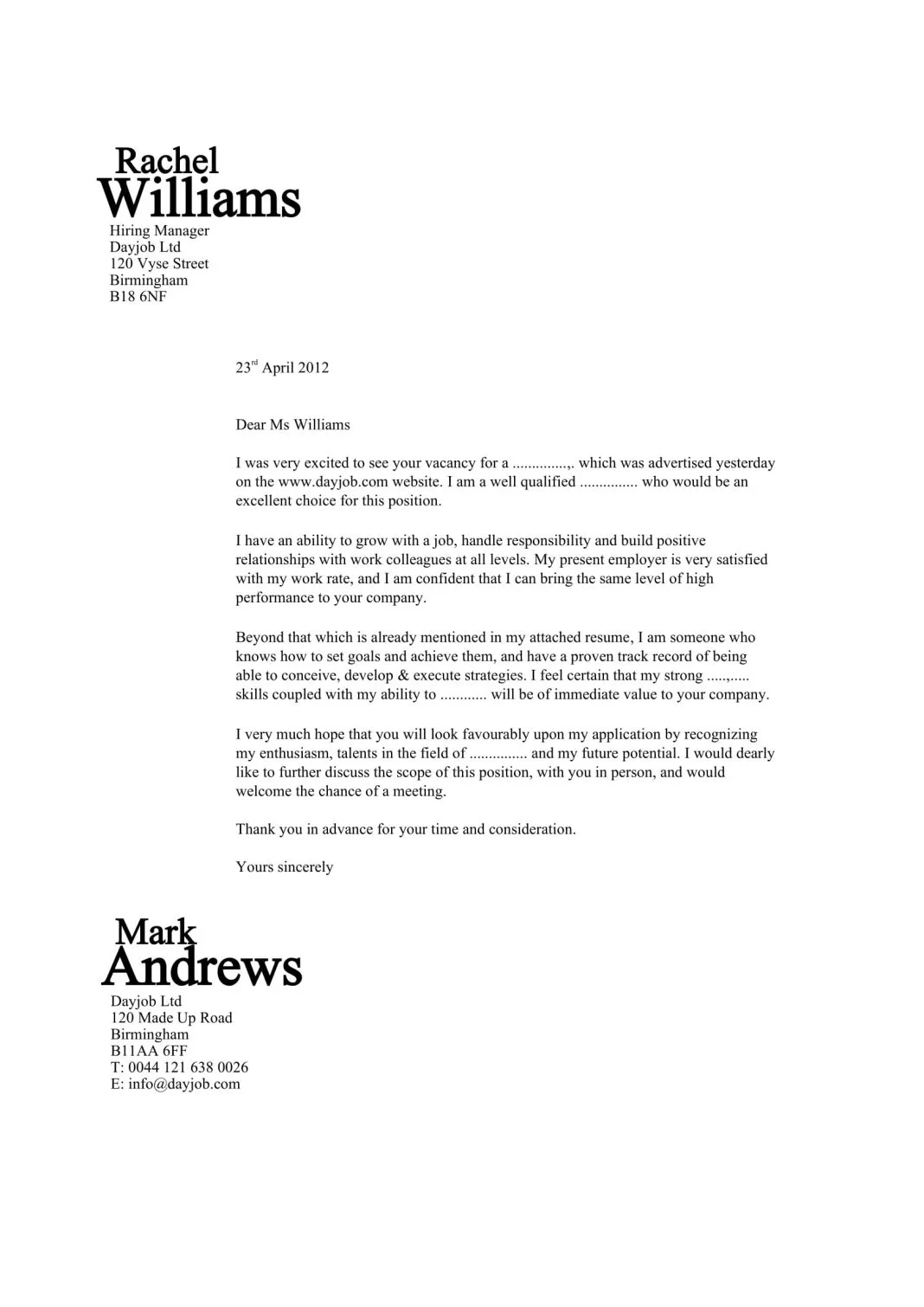What is a Cover Letter
A cover letter is a crucial document that accompanies your resume when applying for a job. It serves as your introduction to the hiring manager, providing a space to highlight your skills, experience, and enthusiasm for the position. Unlike a resume, which provides a factual overview of your qualifications, a cover letter allows you to express your personality and explain why you are the perfect fit for the role. It should be tailored to each specific job application, showcasing your understanding of the company and your genuine interest in contributing to their success. A well-written cover letter can significantly increase your chances of getting an interview, setting you apart from other candidates who may only submit a resume.
The Purpose of a Cover Letter
The primary purpose of a cover letter is to persuade the hiring manager to read your resume and consider you for the job. It’s your opportunity to make a strong first impression and demonstrate that you possess the skills and qualifications required for the role. A cover letter allows you to elaborate on specific achievements and experiences that align with the job requirements, providing context and depth that a resume alone cannot. Furthermore, it shows your genuine interest in the company and the position, which is essential for making a positive impression. It helps you showcase your communication skills, attention to detail, and professionalism.
Elements of a Successful Cover Letter
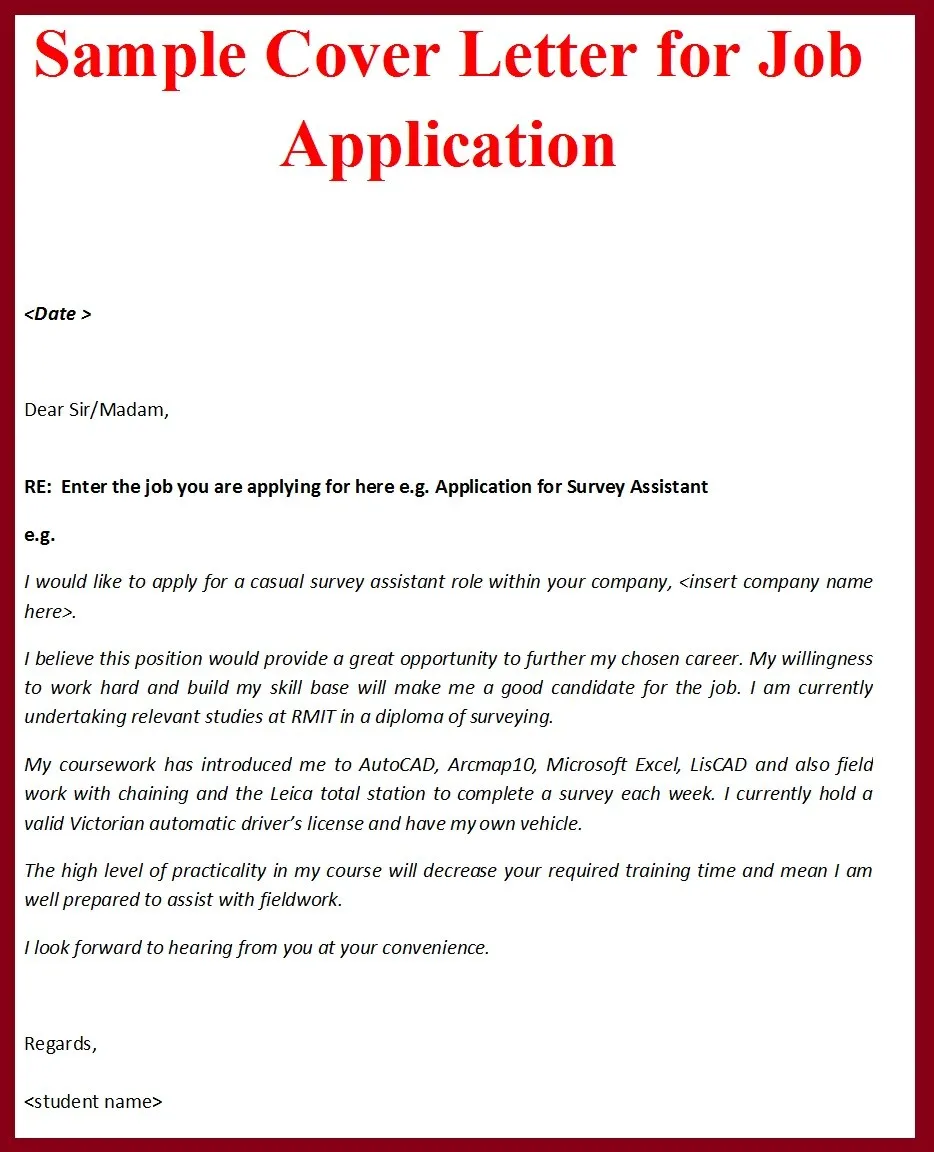
Crafting a successful cover letter involves paying close attention to various elements. The most effective cover letters are tailored to the specific job and company, demonstrating a clear understanding of the role and its requirements. Your cover letter should highlight your relevant skills and experience, showcasing your accomplishments and quantifying your achievements whenever possible. A strong opening paragraph, expressing your enthusiasm, and a clear call to action are also crucial. By carefully including these key elements, you can create a cover letter that effectively showcases your qualifications and leaves a lasting impression on the hiring manager. Ensure that your letter is well-formatted, free of errors, and reflects your personality and professionalism.
Header & Contact Information
The header of your cover letter is important as it provides the hiring manager with your contact details and ensures they know who the letter is from. Include your full name, professional title (if applicable), phone number, email address, and LinkedIn profile URL if you have one. Always use a professional-looking email address. Place the header at the top of the letter, typically left-aligned. Make sure the contact information is easily visible and accurate so the hiring manager can easily reach you. This attention to detail demonstrates your professionalism and organizational skills, which is important in any job application. The header should be formatted consistently with your resume and other job application materials, creating a unified and professional presentation.
Greeting the Hiring Manager
Start your cover letter with a professional greeting. If possible, address the hiring manager by name. Research the company’s website or LinkedIn to find out who the hiring manager is. If you can’t find a specific name, use a general greeting like “Dear Hiring Manager” or “Dear [Department] Team.” Avoid generic greetings like “To Whom It May Concern,” as it can make your letter feel impersonal. A personalized greeting demonstrates that you’ve taken the time to research the company and the role, making a positive first impression. Make sure you spell the name correctly and confirm the correct title. Always prioritize being personable and professional when greeting the hiring manager, setting a respectful and engaging tone for the letter.
Crafting a Compelling Opening
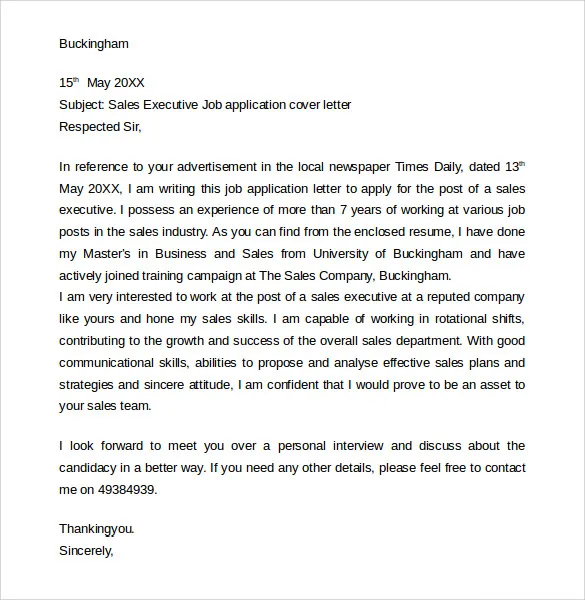
The opening paragraph is your opportunity to grab the hiring manager’s attention and set the tone for the rest of your letter. Start by stating the specific position you’re applying for and where you found the job posting. Immediately convey your enthusiasm for the role and the company. Briefly mention your key skills or experiences that directly align with the job requirements. You might also share a relevant achievement or a compelling reason why you are drawn to the company. The opening should be concise, engaging, and immediately demonstrate your value. Make it clear why you are excited about the opportunity and what you bring to the table. Create an opening that piques the interest of the hiring manager and motivates them to continue reading your letter and reviewing your resume. Use a confident and enthusiastic tone to make a memorable first impression.
Highlighting Relevant Skills and Experience
The body of your cover letter is where you showcase your skills and experience in detail, highlighting how they align with the job requirements. Review the job description carefully and identify the key skills and qualifications the employer is seeking. In your cover letter, provide specific examples of how you have demonstrated these skills in previous roles or projects. Focus on the skills that are most relevant to the position and back them up with examples from your professional history. Structure your paragraphs logically, using clear and concise language. Avoid simply restating your resume; instead, provide further context and elaborate on your achievements. Use action verbs to describe your accomplishments and show how your skills have produced successful outcomes. Focus on how you can contribute to the company’s goals.
Showcasing Achievements
Instead of simply listing your responsibilities, focus on showcasing your achievements and the impact you’ve made in previous roles. Quantify your accomplishments whenever possible by using numbers, percentages, or specific metrics. For instance, instead of saying “Managed social media accounts,” you could say “Increased social media engagement by 30% within six months.” Use the STAR method (Situation, Task, Action, Result) to structure your examples effectively. Describe the situation you were in, the task you had to complete, the actions you took, and the positive result you achieved. This approach helps the hiring manager understand your capabilities and the value you can bring to their company. Choose achievements that align with the job description and demonstrate your ability to excel in the role.
Quantifying Your Accomplishments
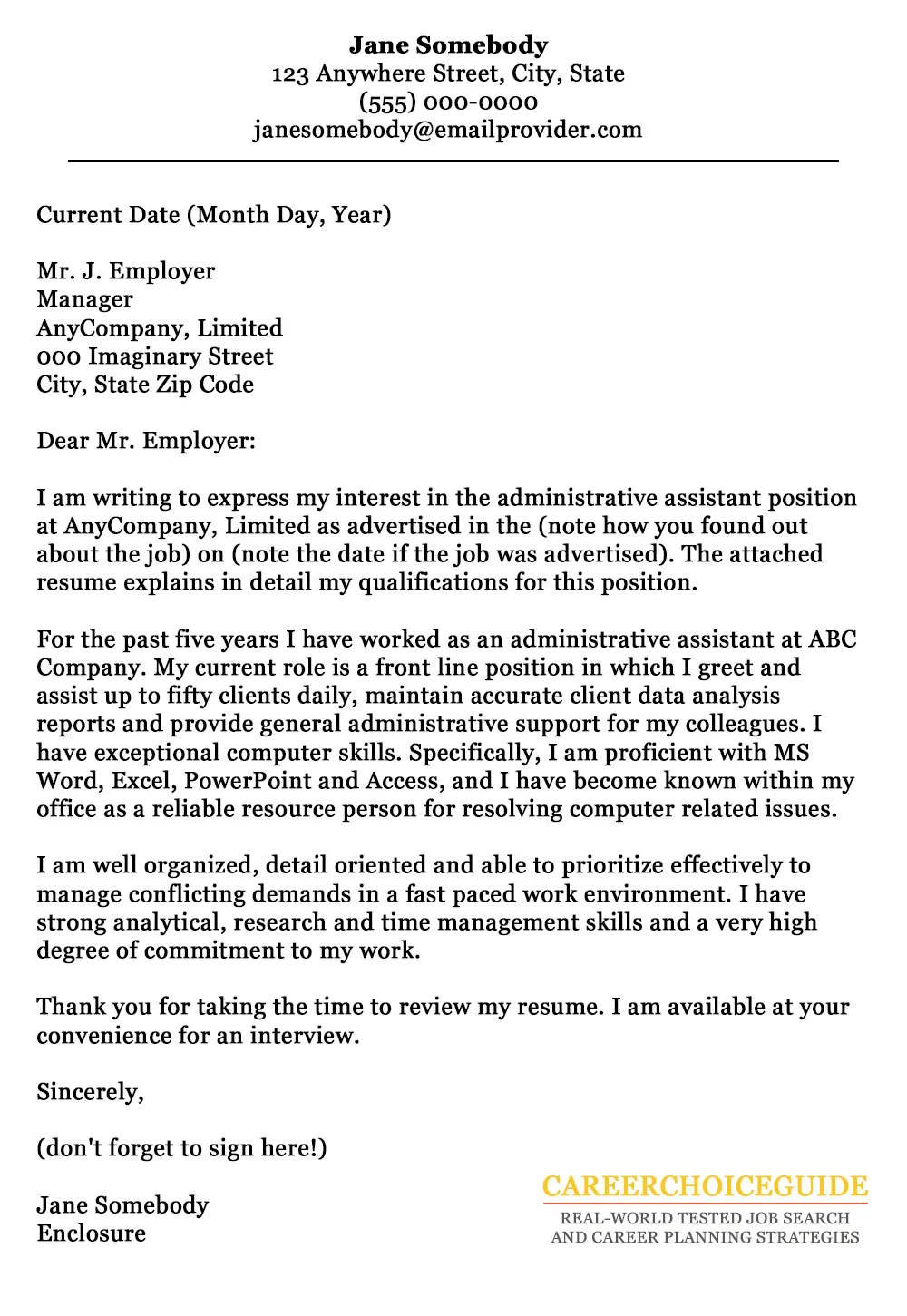
Quantifying your accomplishments makes your cover letter more impactful and demonstrates the tangible results you’ve achieved. Whenever possible, use numbers, percentages, or specific metrics to illustrate your achievements. This provides concrete evidence of your skills and capabilities and makes your claims more credible. For example, if you improved sales, state the percentage increase. If you streamlined a process, mention the time or cost savings. If you increased customer satisfaction, provide the relevant metrics. By quantifying your accomplishments, you show the hiring manager the value you can bring to their organization. Use data and metrics to highlight your past achievements and how they align with the job requirements and the company’s goals. Make it clear what impact you had in past roles.
Expressing Enthusiasm for the Role
Expressing your enthusiasm for the role and the company is critical in making a positive impression. Research the company’s mission, values, and recent activities to demonstrate your genuine interest. Explain why you are excited about the specific position and how it aligns with your career goals. Show that you have a thorough understanding of the company’s needs and how you can contribute to its success. If possible, mention specific projects, initiatives, or company values that resonate with you. Use language that conveys your passion and excitement. Avoid generic statements and instead, provide personalized insights to demonstrate your interest. Expressing your enthusiasm makes you stand out from other candidates and shows the hiring manager that you are genuinely interested in the opportunity.
Closing the Cover Letter
The closing paragraph of your cover letter should reiterate your interest in the position, summarize your key qualifications, and include a call to action. Reiterate your enthusiasm for the role and the company, briefly summarizing how your skills and experience align with the job requirements. Thank the hiring manager for their time and consideration. This section should be concise, professional, and confident. End with a clear call to action, such as stating that you look forward to hearing from them soon or that you are available for an interview at their earliest convenience. Make sure your closing paragraph leaves a positive final impression, and sets the stage for the next step in the hiring process.
Thank You and Call to Action

Include a “Thank you” and a clear call to action in your closing paragraph. Thank the hiring manager for taking the time to review your application. State that you are eager to hear back from them and look forward to the opportunity to discuss your qualifications further. Provide your contact information again, making it easy for them to reach you. Keep the tone professional and enthusiastic, while being respectful of their time. Encourage them to contact you if they have any questions or need further information. A strong call to action is essential for the application process, and it makes it easier for the hiring manager to consider you for an interview. A clear and straightforward call to action will increase your chances of getting a response.
Formatting and Style
The formatting and style of your cover letter are critical for making a professional and positive impression. Use a clear and readable font like Arial, Calibri, or Times New Roman, and ensure the font size is between 10 and 12 points. Use one-inch margins on all sides and single-space the body of the letter with a blank line between paragraphs. Use a professional letter format, such as a block format, where all text is left-justified. Keep your sentences and paragraphs concise, making sure that the letter is easy to read. Avoid jargon and overly complex language. Use active voice and strong action verbs to describe your accomplishments. Before submitting your cover letter, make sure it’s well-formatted, visually appealing, and easy to read. Consistent formatting shows your attention to detail and professionalism.
Proofreading and Editing
Proofreading and editing your cover letter is the final and most important step in the writing process. Carefully check for any spelling, grammar, punctuation, and formatting errors. Ensure that your sentences are clear and concise, and that your tone is professional and enthusiastic. Read the letter aloud to catch any awkward phrasing or errors that you might have missed during silent proofreading. If possible, ask a friend, family member, or career advisor to proofread your cover letter. A fresh pair of eyes can often spot errors that you might have missed. A polished cover letter shows that you pay attention to detail and are dedicated to presenting yourself professionally. Proofreading is key to showing your best self and making a good impression.
Cover Letter Examples
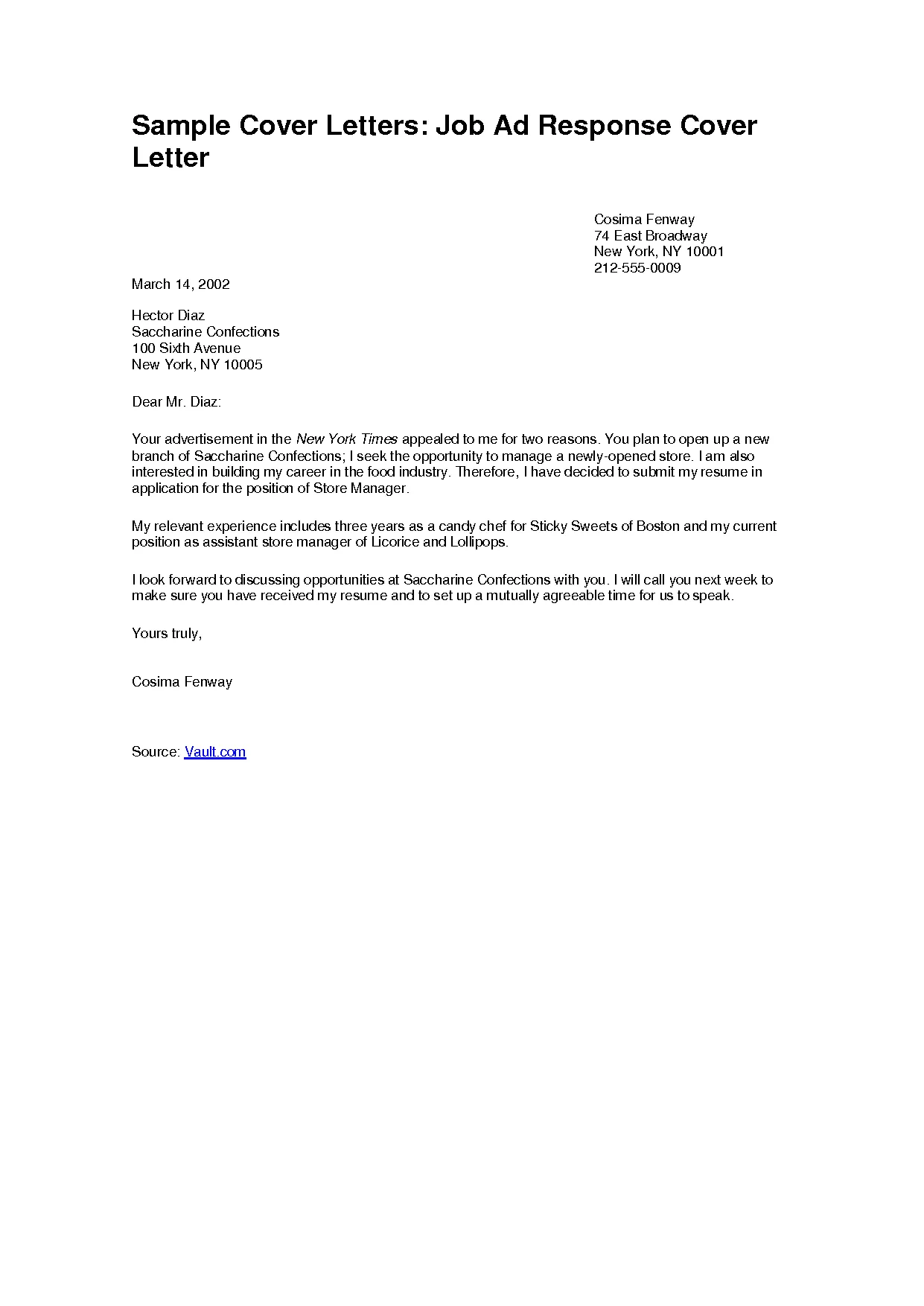
Reviewing cover letter samples can provide a great understanding of best practices and formatting. Search online for cover letter templates and examples tailored to your industry and the type of job you are applying for. Pay attention to the structure, language, and tone used in successful cover letters. Use these examples as inspiration, but always customize your cover letter to reflect your unique skills, experiences, and the specific requirements of the job. Adapt the examples to your own qualifications and ensure that the content aligns with your individual career history and job search goals. Review multiple examples and adapt their structures to get the best results.
